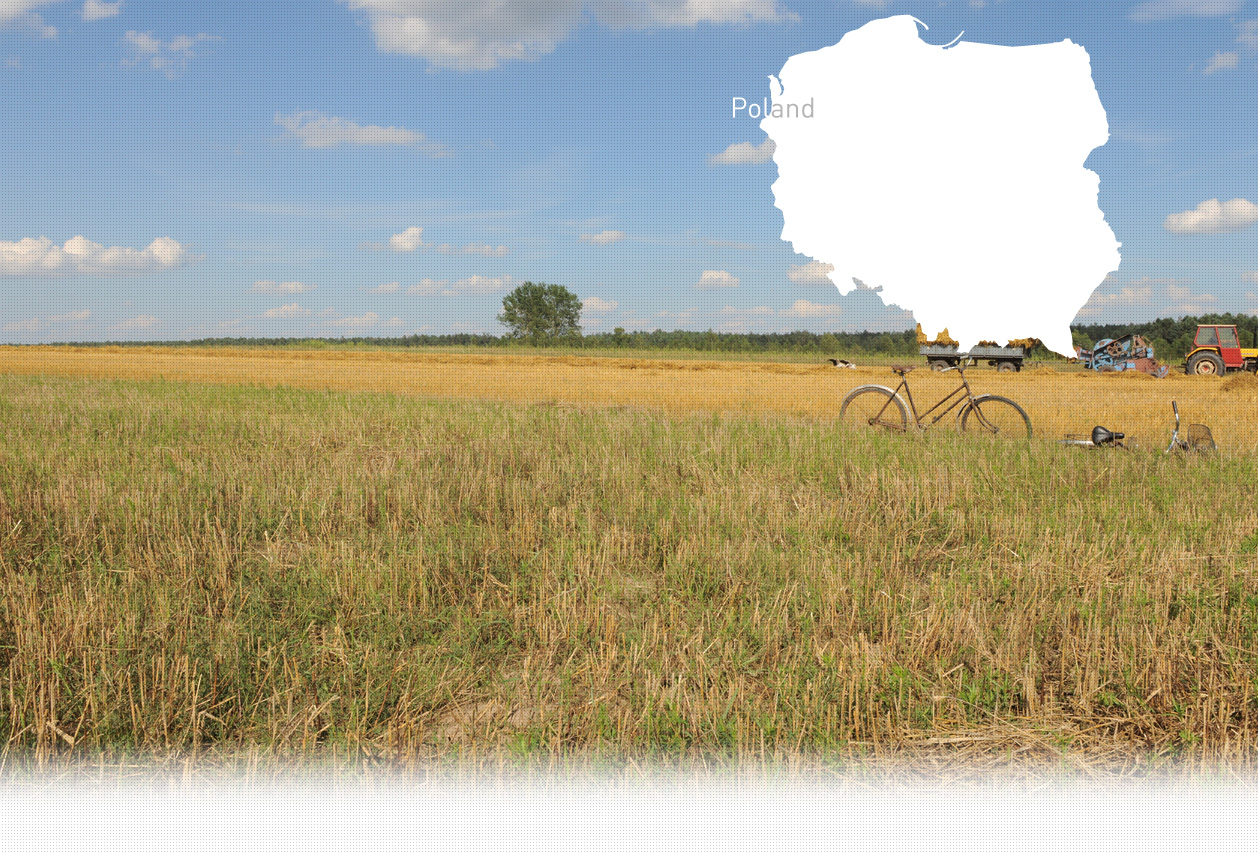

1 Killing site(s)
Zdzislaw K., born in 1929: “When the Jews were deported, the Germans started to sell their buildings and everything inside. People who wanted to buy them were able to. So, the sales were organized by Germans. Poles were requisitioned to transport the belongings. This only concerned a few buildings which belonged to wealthy Jews. I don’t know what happened when there were no buyers. After the liquidation of the ghetto, many houses remained empty and were destroyed with time.” (Witness n°1046, interviewed in Konskie on June 4, 2019)
Końskie is located 48km north-west of Kielce. The first records of the Jewish community go back to the end of the 16th century. By 1796, 2,534 Jews lived in the town, comprising 62% of the total population. The majority of the Jews were traders and some were craftsmen, such as tailors, shoemakers, blacksmiths. They had a synagogue and, according to Zdzislaw K., born in 1929, a local resident interviewed by Yahad, they also had their own cemetery. In 1921, out of 8,291 people, 5,037 were Jewish, making up 61% of the whole population. Due to pogroms in 1931 and 1937, many Jews left the town. However, on the eve of the war there were 6,500 Jews in the town.
Końskie was occupied by the Germans on September 6, 1939. One week later, the first execution was conducted by the Wehrmacht, according to sztetl.org.pl. That day, 12 Jews were shot.
Starting from October 1939, the majority of Jews were relocated to the Jewish area, which comprised several streets, which would later become the territory of the ghetto, created in the spring 1941. According to local testimonie, the ghetto was fenced in with barbed wire from October 1941, and starting from December of the same year it was strictly forbidden to leave its territory under pain of death. Divided into two parts, the ghetto was guarded by the Jewish police. By March 1941, several thousand Jewish refugees were taken to Konskie from Plock, Lodz district, and other nearby villages. By May 1941, about 7,400 Jews remained in the ghetto. In the summer 1942, about 500 Jewish men were subjected to perform forced labor on a daily basis. The ghetto was liquidated on November 3, 1942 by Germans with assistance from Lithuanians. That day, between 6,000 and 7,000 Jews were first gathered at the marketplace, and then taken to the railway station, from where they were deported to Treblinka. According to historical sources, several hundred Jews were shot dead on the spot during the deportation conducted throughout early November 1942. The bodies of the Jews shot on the spot or in the ghetto were buried at the Jewish cemetery.
Do you have additional information regarding a village that you would like to share with Yahad ?
Please contact us at contact@yahadinunum.org
or by calling Yahad – In Unum at +33 (0) 1 53 20 13 17